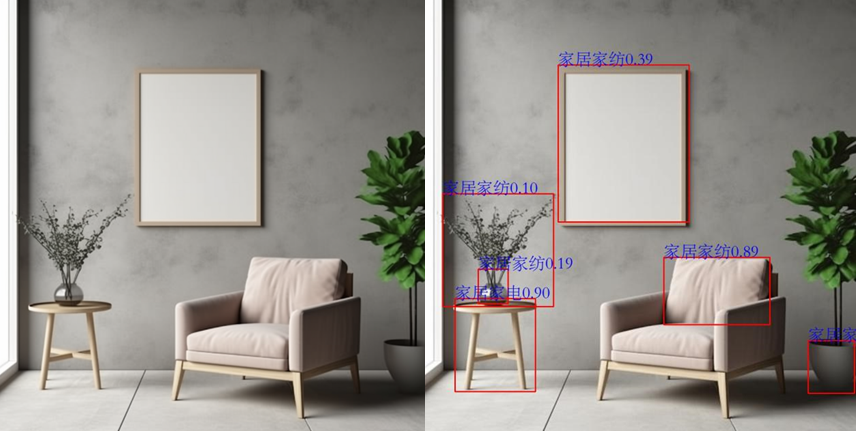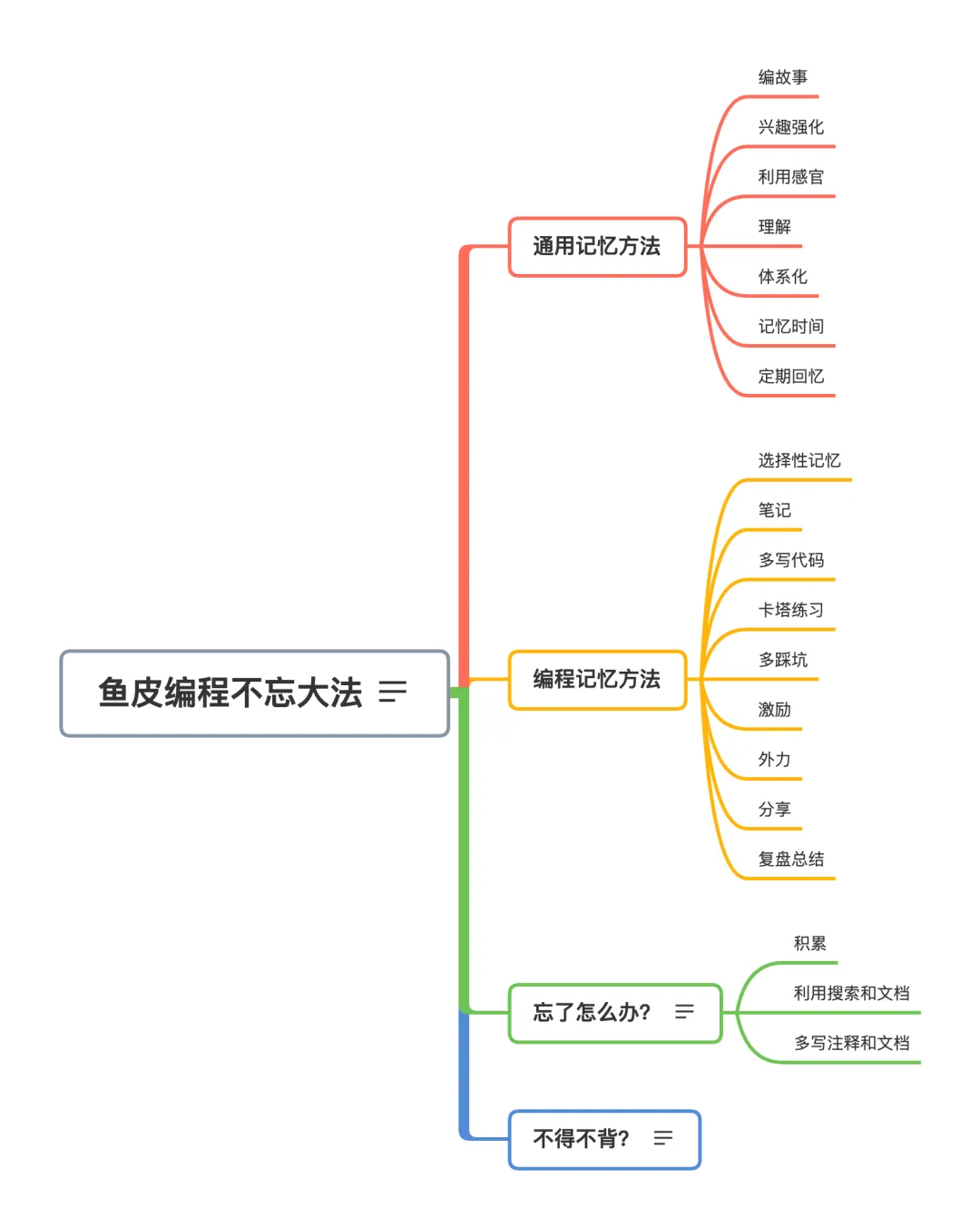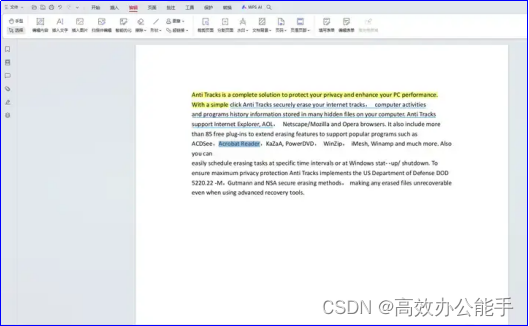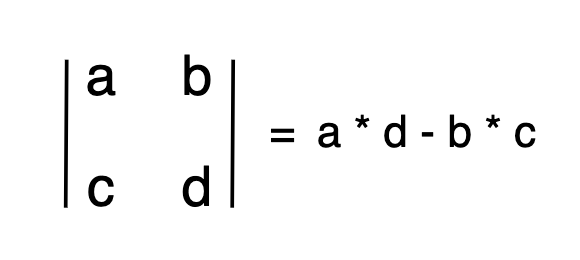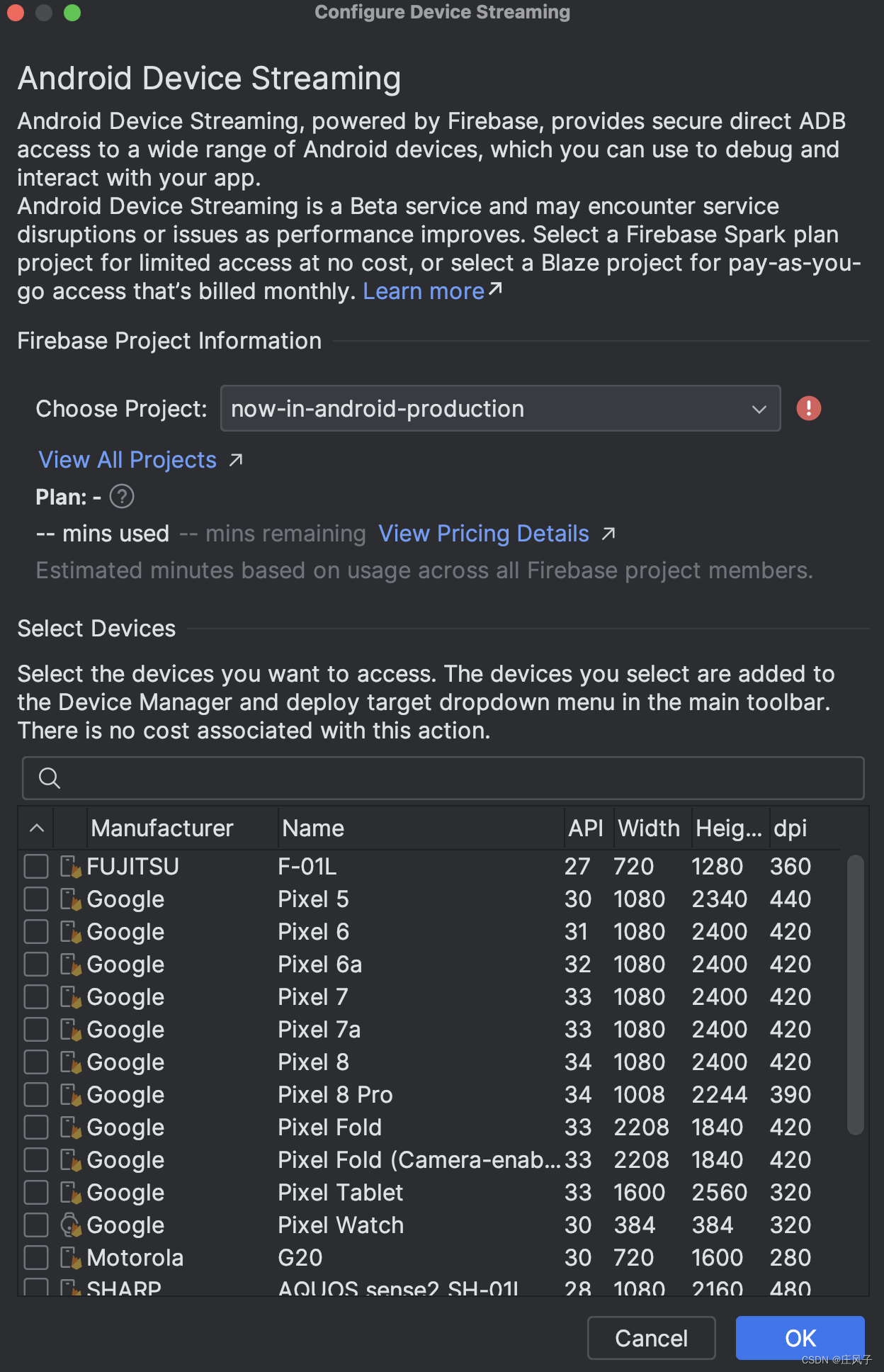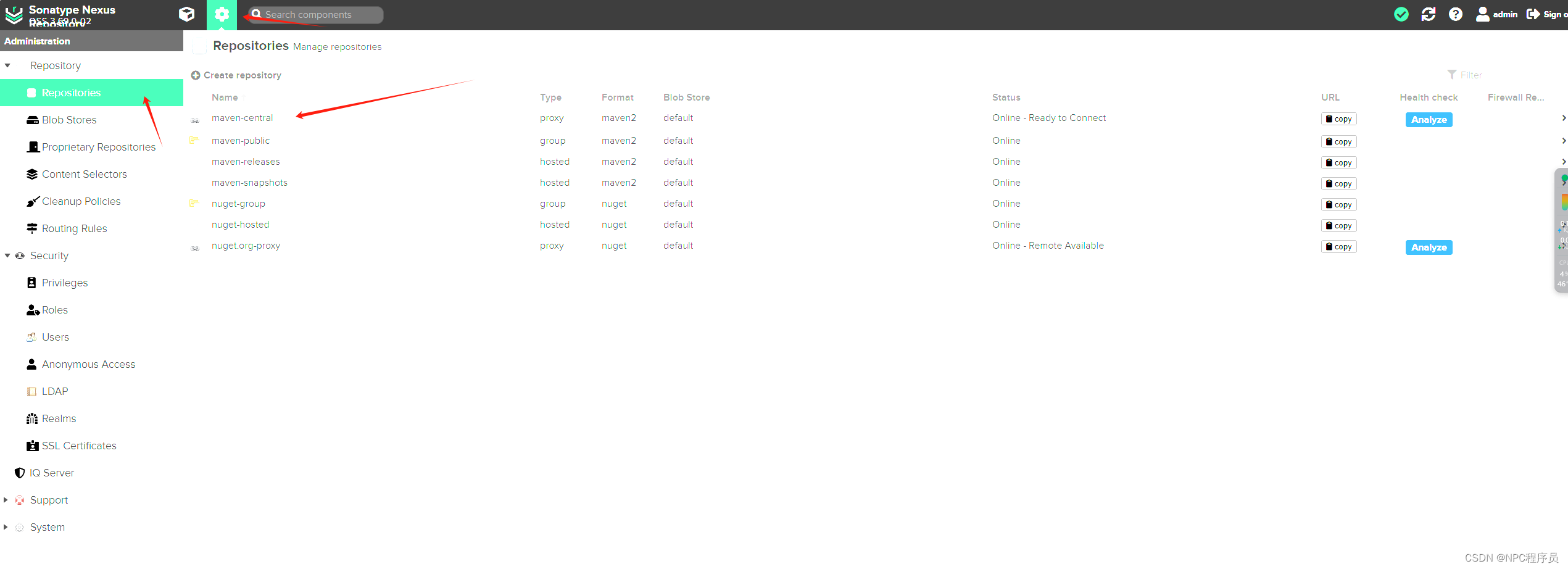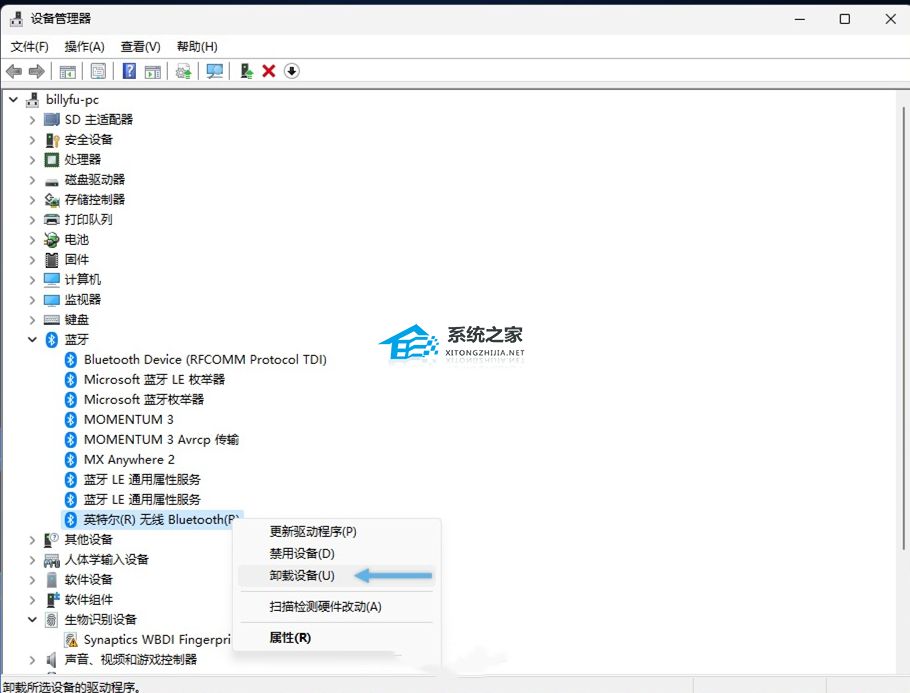目录
- 1. 作者介绍
- 2.百度API介绍与获取
- 2.1 API介绍
- 2.2 注册账号并获取API Key
- 3.完整实验代码,测试结果
- 3.1 调用API
- 3.2框出主体部分,并标注标签和置信度
- 3.3 测试结果
1. 作者介绍
邓富贵,男,西安工程大学电子信息学院,2023级研究生
研究方向:机器视觉与人工智能
电子邮件:dengfugui226@163.com
吴天禧,女,西安工程大学电子信息学院,2023级研究生,张宏伟人工智能课题组
研究方向:模式识别与智能系统
电子邮件:230411046@stu.xpu.edu.cn
2.百度API介绍与获取
2.1 API介绍
应用程序编程接口(英语:Application Programming Interface,简称:API),是一些预先定义的函数。
目的:让应用程序开发人员得以调用一组例程功能,而无须考虑其底层的源代码为何、或理解其内部工作机制的细节。
图像多主体检测API:检测出图片中多个主体的坐标位置,并给出主体的分类标签和标签的置信度得分,共计16大类,可用于图片打标、裁剪出对应主体进行二次开发。其效果图如下。

2.2 注册账号并获取API Key
(1)注册百度智能云账号,进入官网首页,搜索图像主体检测,点击

(2)跳转后点击查看详情
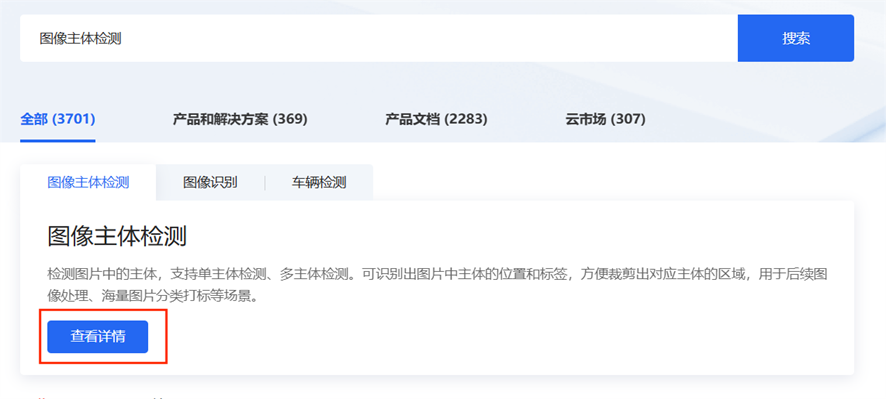
(3)跳转后点击立即使用
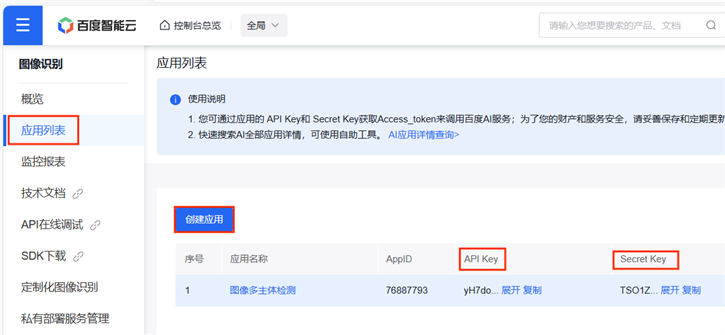
(4)跳转后点击应用列表,接着点击创建应用,获取你的API Key 和 Secret Key

3.完整实验代码,测试结果
3.1 调用API
import requests
import base64
import cv2
import numpy as np
from PIL import Image, ImageDraw, ImageFont
import numpy as np
from translate import Translator
API_KEY = "你的API_KEY"
SECRET_KEY = "你的SECRET_KEY"
def get_access_token():
"""
使用 AK,SK 生成鉴权签名(Access Token)
:return: access_token,或是None(如果错误)
"""
url = "https://aip.baidubce.com/oauth/2.0/token"
params = {"grant_type": "client_credentials", "client_id": API_KEY, "client_secret": SECRET_KEY}
return str(requests.post(url, params=params).json().get("access_token"))
request_url = "https://aip.baidubce.com/rest/2.0/image-classify/v1/multi_object_detect"
# 二进制方式打开图片文件
f = open(r'C:\Users\86185\1.jpg', 'rb')
img = base64.b64encode(f.read())
params = {"image":img}
access_token = get_access_token()
request_url = request_url + "?access_token=" + access_token
headers = {'content-type': 'application/x-www-form-urlencoded'}
response = requests.post(request_url, data=params, headers=headers)
if response:
print (response.json())
print(type(response.json()))
3.2框出主体部分,并标注标签和置信度
def cv2ImgAddText(img, text, left, top, textColor, textSize=20):
if (isinstance(img, np.ndarray)): # 判断是否OpenCV图片类型
img = Image.fromarray(cv2.cvtColor(img, cv2.COLOR_BGR2RGB))
# 创建一个可以在给定图像上绘图的对象
draw = ImageDraw.Draw(img)
# 字体的格式
fontStyle = ImageFont.truetype(
"STSONG.TTF", textSize, encoding="utf-8")
# 绘制文本
draw.text((left, top), text, textColor, font=fontStyle)
# 转换回OpenCV格式
return cv2.cvtColor(np.asarray(img), cv2.COLOR_RGB2BGR)
def draw_bounding_boxes(image_path, detections):
"""
在图片上绘制边界框,基于检测结果。
:param image_path: 图片文件的路径。
:param detections: 检测结果列表,每个结果包含分数、名称和位置信息。
"""
# 加载图片
image = cv2.imread(image_path)
if image is None:
print("未找到图片")
return
# 遍历检测结果并绘制
for detection in detections['result']:
score = detection['score'] # 置信度
name = detection['name'] # 名称
top = detection['location']['top'] # 上边界
left = detection['location']['left'] # 左边界
width = detection['location']['width'] # 宽度
height = detection['location']['height'] # 高度
# 在检测到的主体周围绘制红色矩形框
cv2.rectangle(image, (left, top), (left + width, top + height), (0, 0, 255), 2)
# 在矩形框上方添加文本(名称和置信度)
image = cv2ImgAddText(image, f"{name}{score:.2f}", left, top - 40, textColor = (0, 0, 255), textSize = 40) # 添加
# cv2ImgAddText(图像, 文字内容, 字体左边开始位置, 字体上面开始位置, (R, G, B), 字体大小)
# 显示结果图像
cv2.namedWindow('检测结果', 0)
cv2.imshow("检测结果", image)
cv2.waitKey(0)
cv2.destroyAllWindows()
# 可选:将结果保存到文件
cv2.imwrite("detections_output.jpg", image)
# 示例检测数据
detections = response.json()
# 调用函数,传入图片路径和检测数据
draw_bounding_boxes(r'C:\Users\86185\1.jpg', detections)
3.3 测试结果

